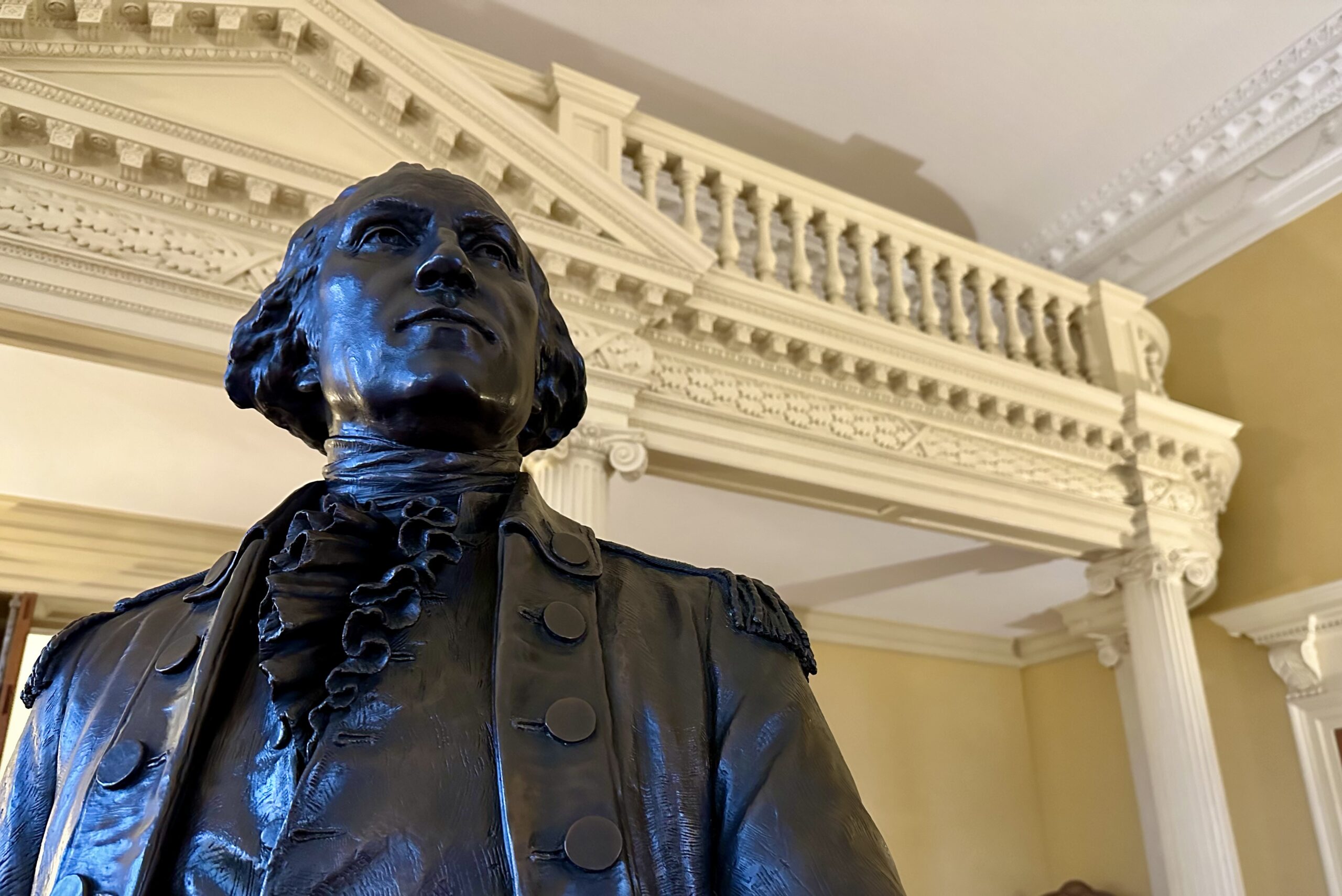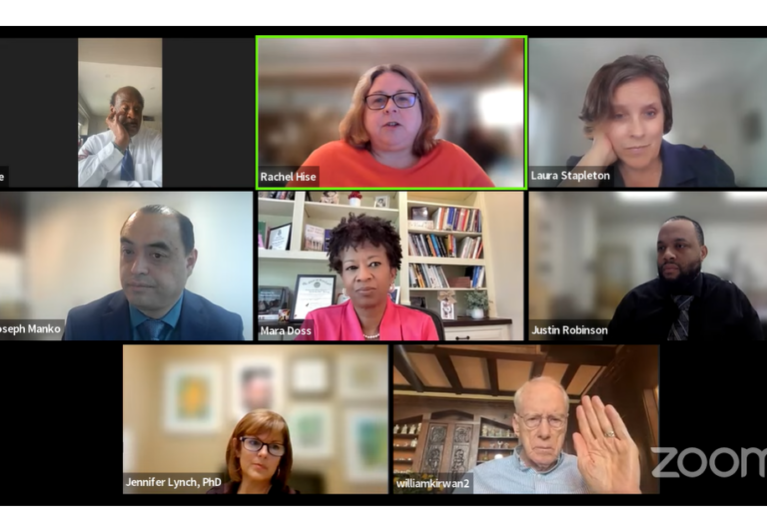
The observance of George Washington’s birthday reminds us not to tell lies. Yet, if he were a public school teacher these days, he would be forced to fib a lot. And if, in addition to being father of our country, he was father of a school child, there’s a good chance he would be badly misled about his child’s academic progress.
Teachers are my heroes. They are under-valued, underpaid and overworked. And yet, am I suggesting that they are untruthful?
Yes, that’s the truth. Teachers are routinely forced by school systems to deceive parents in hidden systemic ways. They have no choice. Here’s how it happens.
It starts with the fact that well over half of all Maryland public school students are below proficiency in reading and math. They fall behind as early as kindergarten or first grade, and the “Matthew effect,” especially in reading, takes hold. “Rich” readers – those who meet age-appropriate standards early – stay on the path to proficiency. “Poor” readers – those who don’t get off to a good start – almost invariably fall farther behind each year.
Needless to say, it is students who are poor and of color who are the main victims.
When this occurs, teachers face a no-win situation. They can promote the students who are performing below grade level to the next grade although the students are unprepared to succeed there. Or they can retain the student in the same grade and hope the student catches up with an extra year of instruction.
Retention should be a sound option. But research clearly shows that it rarely works. And the reason it fails is crystal clear: Schools lack the instructional resources to remediate the deficits that accumulate over the years. Most notably, they lack the reading specialists and interventions like tutoring, particularly in school systems that serve high percentages of disadvantaged students.
The result is that retained students are taught the second time around pretty much as they were the first time, and fall even further behind their age cohort. Teachers, already overburdened, struggle to manage classrooms with over-age, under-performing students.
So desperate schools embrace, as a last resort, the silent ritual of what is known as “social promotion.” Students are given passing marks on their report cards and promoted even though they are nowhere near meeting grade level standards. (At the same time, a significant number of them are dumped into special education.)
Few, if any, parents are aware of this widespread deception. To the contrary, they generally believe that their child’s passing mark in, for example, seventh grade English class means the child is able to read and comprehend seventh grade literature.
Yet, it ain’t so even though we all assume an implied warranty that grades and promotion, as the Maryland State Department of Education puts it, “are based on individual mastery” of the subject matter. In one survey, 90 percent of parents said they believed their children were at or above grade level in reading and math even though only 37 percent of fourth graders actually were.
Nonetheless, is there any point in making public schools look even worse than they do now? Can school systems risk telling the truth, the whole truth and nothing but the truth about grade inflation, social promotion and bogus graduation diplomas? Won’t the unvarnished facts further dispirit teachers and accelerate the already rapid flight of families from public schools?
However, the other side of the argument is that full disclosure can speed up school reform. Andrew Rotherham, a leading policy analyst, points out that parents, in the wake of pandemic learning loss, need “a clear and honest sense of the problem — something the K-12 sector continues to fail to provide.”
An article by another analyst, Rianna Saslow, is titled “To Improve the Nation’s Schools, First Close the Honesty Gap.” “Educating families on the true state of American education,” she writes, “is a crucial first step in making schools a policy priority.”
In Maryland, such a priority is already embedded in the Blueprint for Maryland’s Future. We can take pride in its extraordinarily ambitious plans for sweeping reform. However, full implementation will not occur until at least 2033 and its success is no sure bet. Sustained public support is indispensable, including advocacy for increased resources.
Closing the honesty gap will help to build that support. Information provided to school parents should tell the truth and explain the student’s progress, or lack of progress, toward meeting grade level standards.
The Blueprint Accountability and Implementation Board also has a vital role in truth-telling. It is charged with setting yearly progress milestones between now and 2033 that set a credible course toward fulfillment of the Blueprint’s goals. Along the way, it must expose which policies and which resources may be inadequate to enable the gradual elimination of retentions and social promotions.
If the Blueprint is well supported and implemented, schools will be able to stop writing report cards that often are more fiction than fact.




 Creative Commons Attribution
Creative Commons Attribution